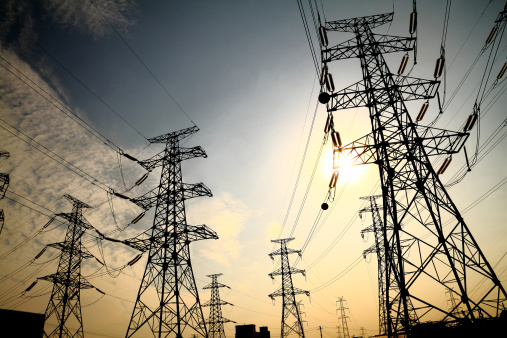Duke Energy Corp. (NYSE: DUK) is scheduled to report its most recent financial results Friday before the markets open. The utility giant has consensus estimates from Thomson Reuters as $1.14 in earnings per share (EPS) on $6.30 billion in revenue. In the same period of the previous year, it posted EPS of $1.17 and revenue of $6.62 billion.
With the potential for rising interest rates in the future, investors are reconsidering their position in utilities. If investors want to stay in this sector, it would be prudent to listen to what analysts have to say. In fact, Credit Suisse has just come out with its top picks for the utilities sector.
Credit Suisse updated its target prices and estimates for the first quarter of 2015 for the normal sources of quarterly variances in the group, with estimates broadly higher than current consensus, although those gaps likely will close as Wall Street plays catch-up. The stocks with the most upside in the first quarter against the Street, based on Credit Suisse’s updated estimates are CMS, FirstEnergy, American Electric Power and Public Service Enterprise. Considering the time of the year, the firm saw little change in full-year 2015 estimates, assuming companies bank upside in the first quarter to provide cushion for later in the year, similar to what was seen last year.
ALSO READ: Why American Water Works Dividend Hikes Should Continue for Years
Nuclear outages were down materially year over year, at 575 days compared to 771 days in the first quarter of 2014, and are down 40% versus the trailing three-year average of 918 days, with most operators making sure to have their plants fully operational for the 2015 winter period just in case the firm saw a repeat of the extreme temperatures and power price volatility of the 2014 polar vortex. On the regulated side, outage days were down 40 days with both leading the group at 80 and 82 days, respectively.
The year 2015 is starting out with a very different tone for utility investors. What is very obvious is that institutions and retail investors alike have been exiting the sector for the better part of the past 60 days in order to be out ahead of the coming Federal Reserve’s interest rate hikes.
The question to ask is if the utilities and power-generation giants have sold off too much or whether there will be more pain ahead. Here is an example of just how bad the carnage has been: Of the 12 utilities and generators we follow with market caps in excess of $10 billion, there has been a combined market cap erosion of almost $40 billion.
One new risk has come up with California’s drought. Fitch warned that Governor Brown’s executive order to reduce water usage will lead to lower revenues for the state’s utilities and could pressure a few ratings. The ratings agency did at least signal that many California utilities can mitigate this risk by decoupling revenues from sales.
Thursday afternoon, shares of Duke were down 1.6% to $77.21, in a 52-week trading range of $68.81 to $89.87. The stock has a consensus analyst price target of $82.25.
ALSO READ: 9 States Running Out of Water
It’s Your Money, Your Future—Own It (sponsor)
Retirement can be daunting, but it doesn’t need to be.
Imagine having an expert in your corner to help you with your financial goals. Someone to help you determine if you’re ahead, behind, or right on track. With SmartAsset, that’s not just a dream—it’s reality. This free tool connects you with pre-screened financial advisors who work in your best interests. It’s quick, it’s easy, so take the leap today and start planning smarter!
Don’t waste another minute; get started right here and help your retirement dreams become a retirement reality.
Thank you for reading! Have some feedback for us?
Contact the 24/7 Wall St. editorial team.

